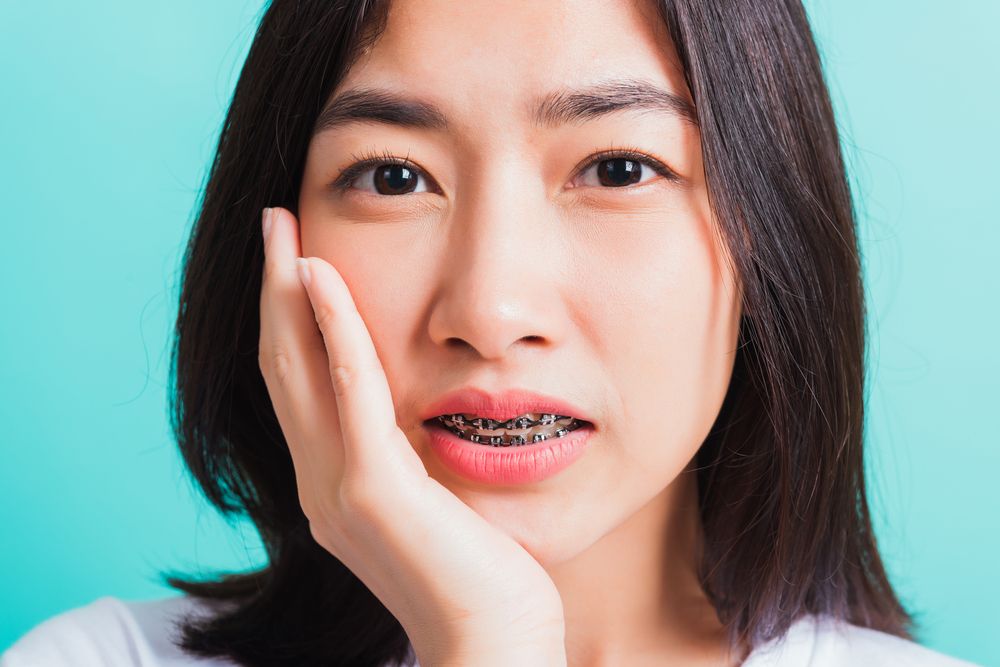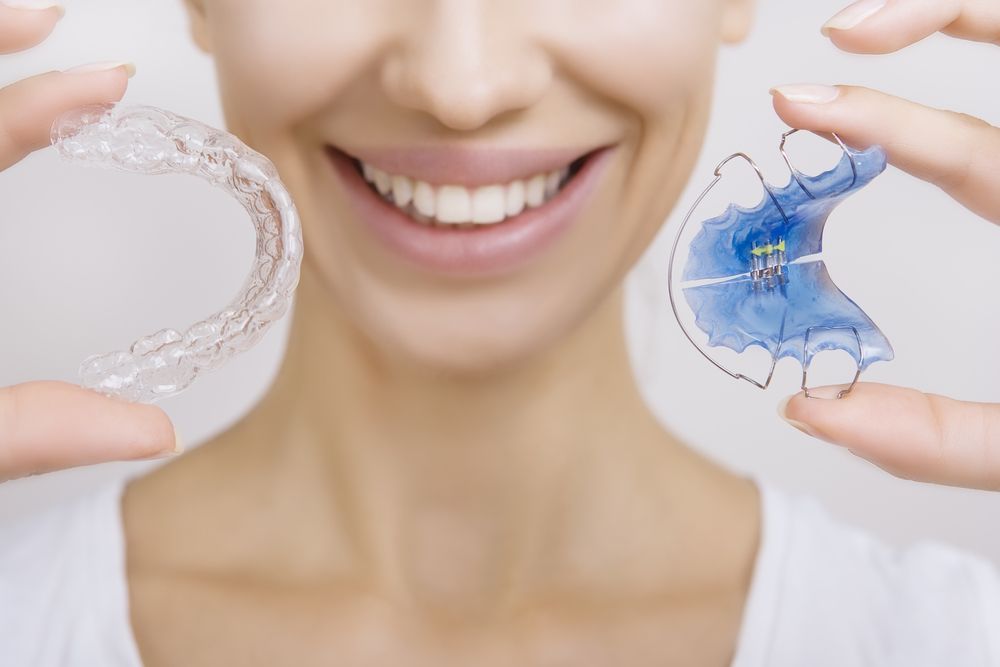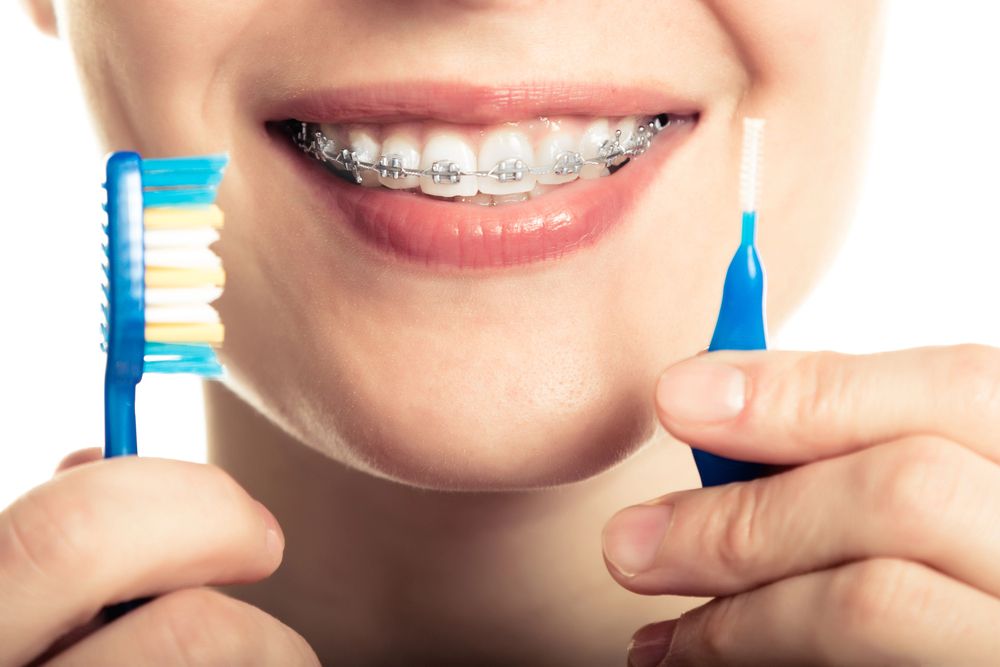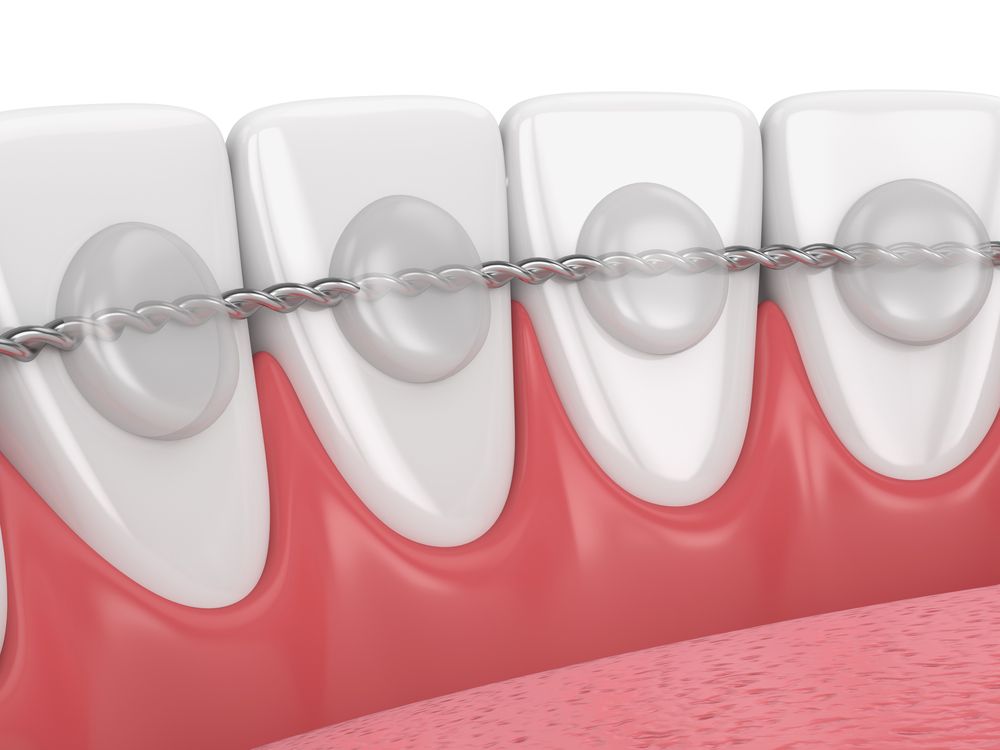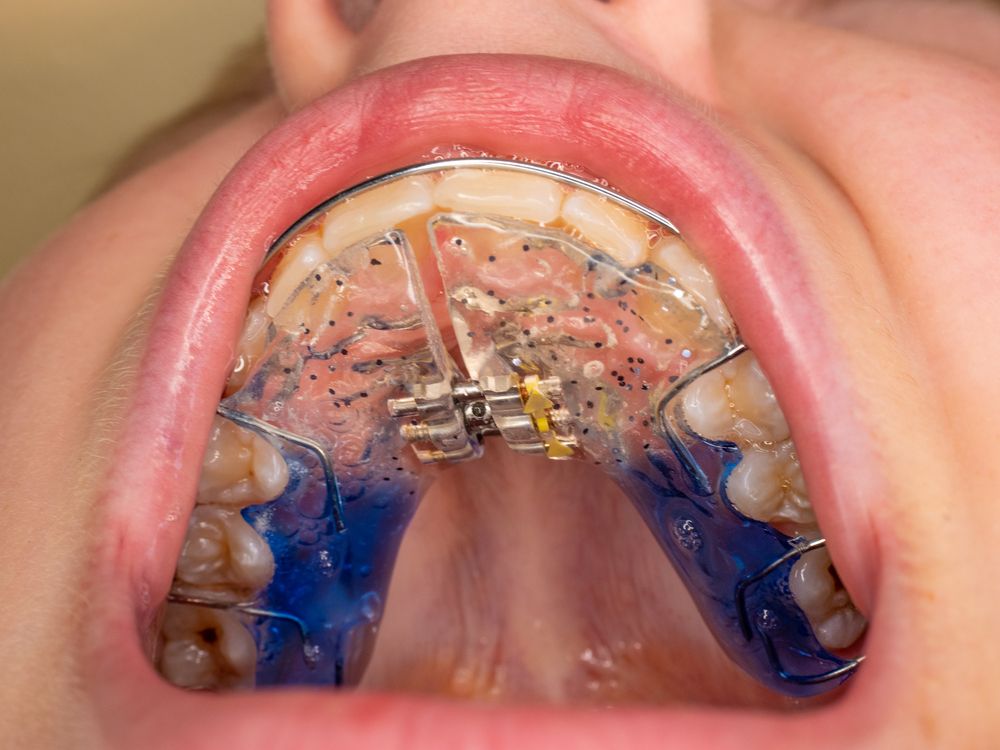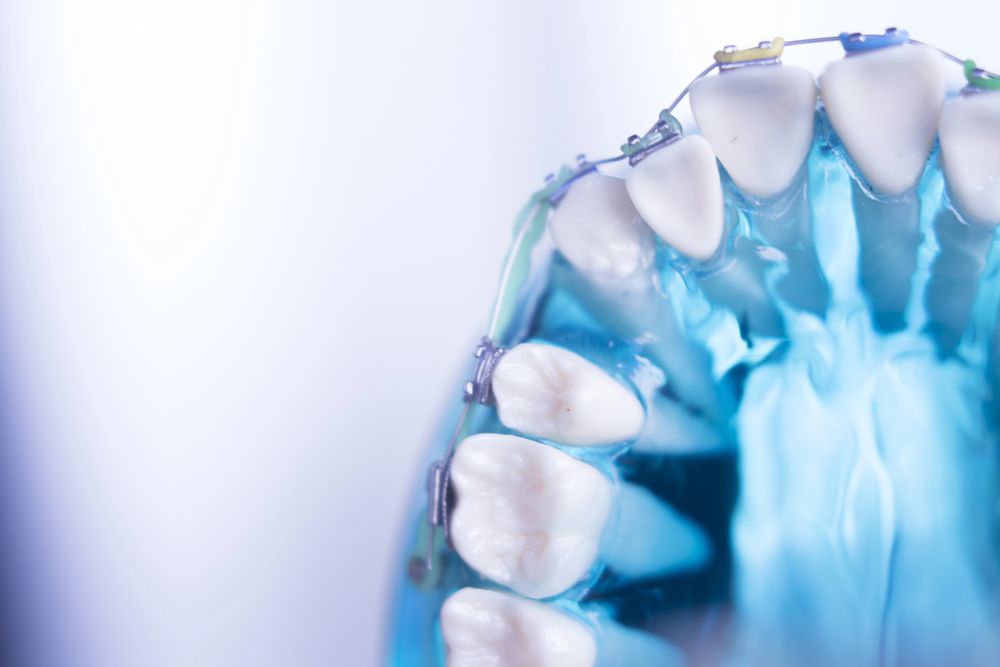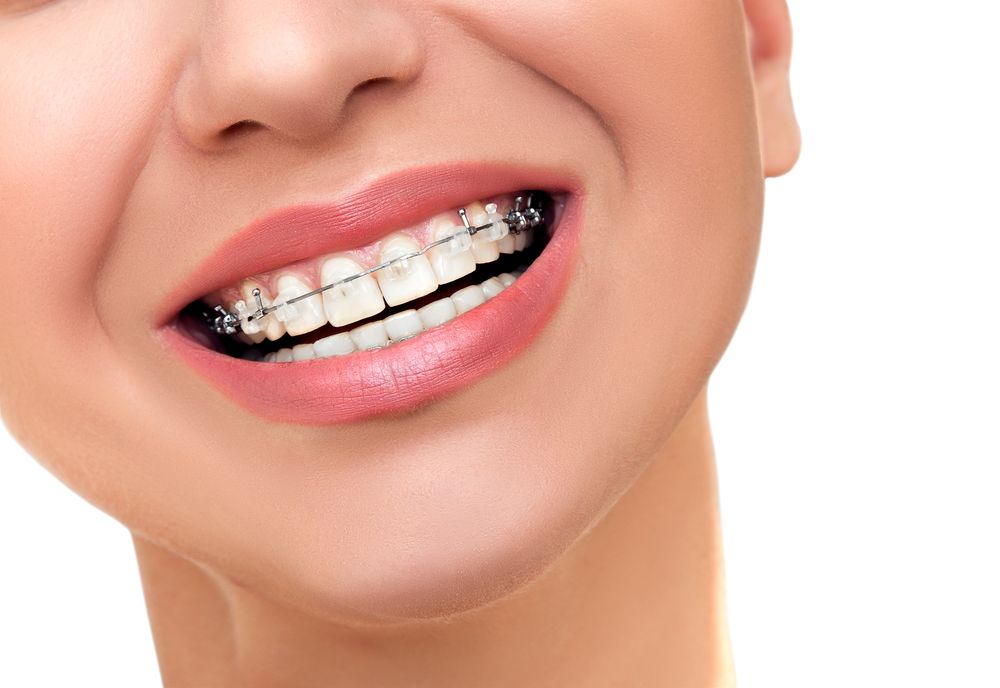Can All Malocclusions Be Corrected with Orthodontic Therapy?
When it comes to smiles, each one is as unique as a fingerprint. But what happens when those smiles come with a side of crooked teeth, overcrowding, or misaligned bites? That’s where the world of orthodontics comes in, armed with braces, aligners, and a whole lot of know-how. But the big question on everyone’s mind is, “Can all malocclusions be corrected with orthodontic therapy?”
The best way to determine if orthodontia is right for you is with a consultation at Harmony Orthodontics. Serving patients in Tomball, Spring, and The Woodlands, TX, our team can help you find solutions that work best for you. Request a consultation with Dr. Wint Tun by calling (832) 699-3683 now!
What Is a Malocclusion?
A malocclusion is just a fancy term for when your teeth don’t quite fit together the way they should. This could mean anything from a mild case of overcrowding to a more complex issue, like an overbite or crossbite.
The good news is, for most people, orthodontic therapy can work wonders in bringing those teeth back into alignment. But does that mean every malocclusion can be corrected? Not necessarily.
The Power of Orthodontics
Orthodontics has made incredible strides over the years. With the advent of clear aligners, traditional braces, and even lingual braces (which hide behind teeth), there’s a solution for nearly every situation.
But there are cases where the answer to “Can all malocclusions be corrected with orthodontic therapy?” might be a little more complicated.
When Orthodontics Is Enough
For minor to moderate malocclusions, orthodontic therapy is often a slam dunk. Whether you’re dealing with a pesky gap, a bit of crowding, or a mild overbite, orthodontics is usually up to the challenge.
When Orthodontics Might Need a Helping Hand
However, for more severe malocclusions, like those caused by jaw misalignment or significant skeletal issues, orthodontic therapy might not be enough on its own.
In these cases, a combination of orthodontics and surgery may be required to achieve the desired results. It’s a bit like a team effort – orthodontics handles the teeth, while surgery tackles the bones.
So, while many malocclusions can be corrected with orthodontic therapy, some cases may need a bit of extra help. In these instances, surgery may accelerate the outcomes of orthodontia better than braces or clear aligners alone.
The Takeaway: Is Orthodontic Therapy Right for You?
The vast majority of people who seek orthodontic treatment can achieve the smile they’ve always wanted. Dr. Tun is highly skilled in assessing each individual’s needs and creating a personalized treatment plan that’s just right for them.
Whether you’re a teenager with a crowded mouth or an adult looking to fix that lingering bite issue, there’s a good chance that orthodontic therapy at Harmony Orthodontics can help.
Explore Orthodontic Therapy in Tomball, TX
So, “Can all malocclusions be corrected with orthodontic therapy?” The answer is mostly yes, with a few exceptions. But the real takeaway here is that there’s hope for almost everyone looking to improve their smile.
If you’re wondering whether orthodontic therapy can correct your malocclusion, the best step is to schedule a consultation with Dr. Wint Tun at Harmony Orthodontics. Our team can assess your situation and guide you on the best path to a healthier, more aligned smile.
Schedule a consultation here or call our front desk at (832) 699-3683 for scheduling and advice!

